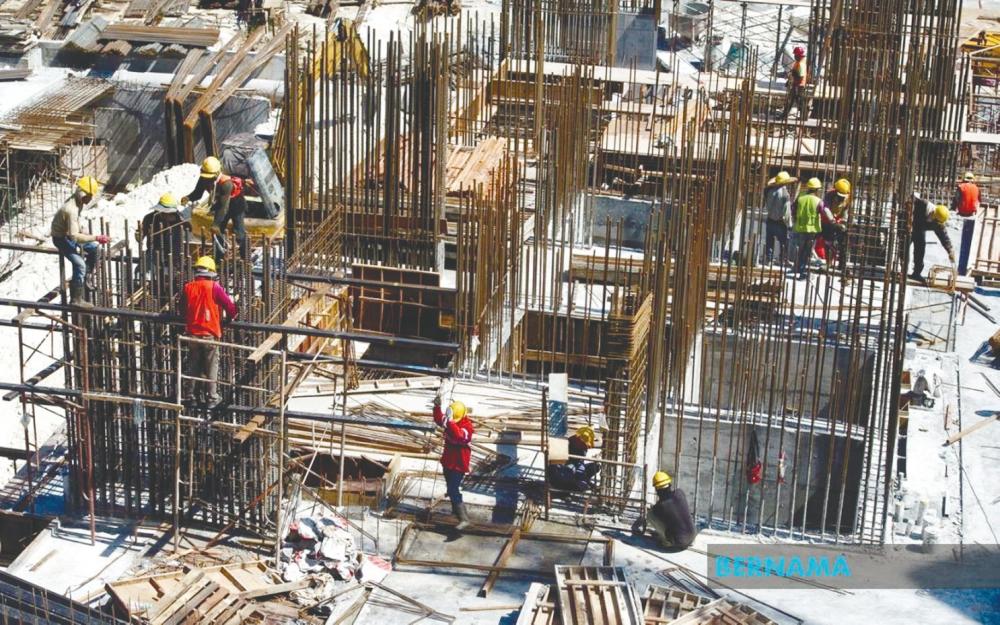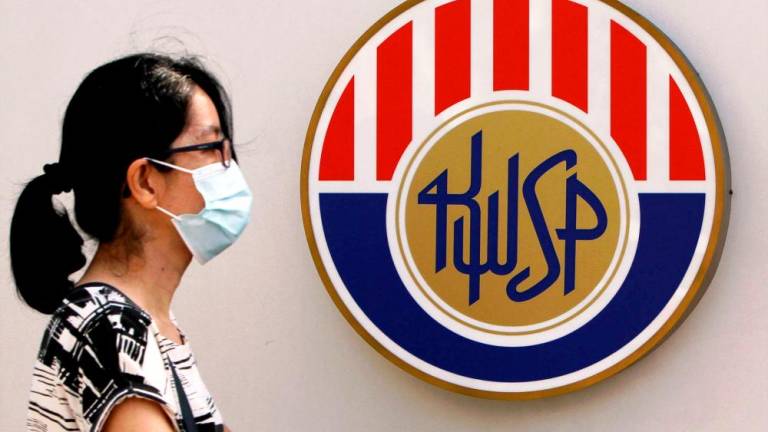PETALING JAYA: Malaysia’s unemployment rate in November 2020 increased marginally by 0.1 percentage point to 4.8% from the previous month, with 764,400 unemployed persons, according to the latest figures by the Department of Statistics’ labour force survey.
Chief Statistician Malaysia Datuk Seri Mohd Uzir Mahidin pointed out that November saw the implementation of the conditional movement control order (CMCO) which was implemented in phases to curb a spike in Covid-19 cases.
On Oct 14, the CMCO started in Kuala Lumpur, Putrajaya and Selangor and subsequently was expanded to all states except Perlis, Pahang and Kelantan.
He highlighted that the measure saw a curb in interstate travel, while economic activities continued with adherence to strict standard operating procedures.
“Hence, in November 2020, employment saw a small decrease whereas the unemployment rate was slightly higher as compared with the previous month. Among others, this may be due to job losses and cancellation or freezing of new hires,” Mohd Uzir said in a statement today.
The number of unemployed persons for the month rose by 2.2% to 764,400 from 748,200 in October.
Subsequently, the actively unemployed, defined as persons who were available for work and actively looking for work, went up 2.3% to 637,700 persons from 623,100 persons in the previous month.
The inactively unemployed or discouraged group who believed there were no jobs available increased by 1.3% to 126,700 persons from 125,100 persons in October.
“In November, the number of employed persons dropped to 15.2 million persons (October 2020: 15.21 million persons) after recording an upward trend for five consecutive months,” said the chief statistician.
He said the month also saw an increase of 0.2% in the employee’s category to 11.78 million persons, while own-account workers – who comprise mostl daily wage earners working at farmers’ markets, night markets and stalls, freelancers, and smallholders – declined 0.6% to 2.41 million persons.
In regard to employment by sector, the department disclosed that the tourism-related industries were still adversely affected by the pandemic and employment in agriculture, mining & quarrying has remained in the negative trend since August last year.
Meanwhile, the manufacturing and construction sectors posted an increase month on month.
On labour supply, Mohd Uzir observed that, overall, the workforce situation changed little over the month with an additional 5,200 persons to 15.96 million persons in November 2020.
He calculated that the labour force participation rate (LFPR) dropped marginally by 0.1 percentage point to 68.4% (October 2020: 68.5%). Meanwhile, the number of persons outside the labour force went up by 0.4% to 7.37 million persons (October 2020: 7.35 million persons).
“Among others, the increase might be due to persons taking a break from job seeking for family reasons.”
The chief statistician said the final month of 2020 saw new cases of Covid-19 in Malaysia continue to record an increase exceeding an average of 1,500 cases daily. He noted that the month also saw more domestic travelling activities happen following the Christmas celebration, and school and year-end holidays.
“However, with the continuous uncertainty of economic and health situation worldwide as well as in the country, it is foreseen a softer labour demand may continue in December 2020. Meanwhile, the labour supply will remain competitive in this challenging situation,” he said.
In a note, UOB Research said the near-term labour market outlook is expected to remain dim as the third wave of Covid-19 pandemic prolongs into Janunary.
“Meanwhile, economic activities are also seen losing some momentum in 4Q20 and 1Q21 following the enforcement of CMCO. We expect the path of recovery to slow and pick up from 2Q21 onwards, assuming that the inoculation will start from Feb-Mar 2021 and all policy support is executed effectively and efficiently.”
Owing to a delayed recovery and higher uncertainty, the research house is revising upwards its unemployment rate projections to 4.9% for 2020 and 4% for 2021.










